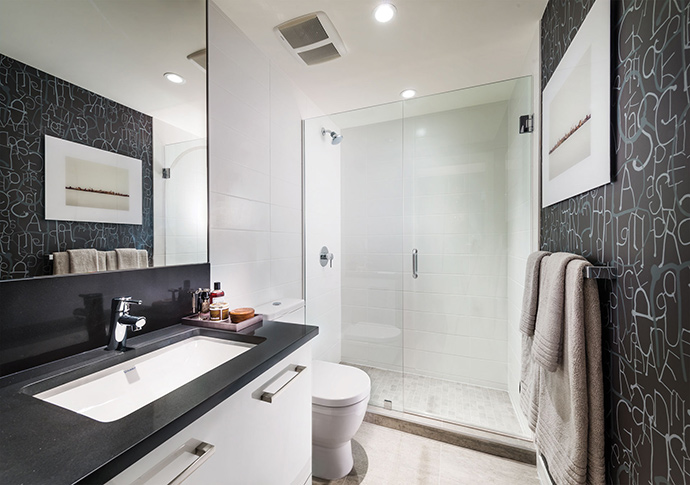Architectural design is a multifaceted discipline that combines art, science, and technology to create functional, aesthetically pleasing, and sustainable structures. It is a fundamental aspect of the built environment, encompassing everything from small-scale residential projects to massive skyscrapers and urban planning. In this article what is architectural design, we will explore the essence of architectural design, its significance, and the key elements that make it an indispensable component of our modern world.
The Essence of Architectural Design
Architectural design is not simply about sketching blueprints or arranging bricks and mortar; it is a holistic process that involves careful consideration of numerous factors, both functional and artistic. At its core, it is the creative process of conceiving, planning, and executing the construction of buildings and spaces. This process integrates several critical elements:
- Functionality: Every architectural design begins with a purpose. Architects must understand the intended use of the structure and design spaces that accommodate the needs of its occupants. Whether it’s a home, office, hospital, or museum, the design should enhance the functionality of the space.
- Aesthetics: Beauty is an integral part of architectural design. A well-designed building not only serves its purpose but also delights the senses. Aesthetics involve the careful selection of materials, colors, shapes, and proportions to create a visually appealing and harmonious structure.
- Sustainability: In today’s world, sustainability is a critical consideration. Architects must design with an eye toward minimizing environmental impact by using eco-friendly materials, energy-efficient systems, and sustainable construction practices. Sustainable design also includes considerations like passive heating and cooling, rainwater harvesting, and green spaces.
- Safety: Safety is paramount in architectural design. Structures must be designed to withstand natural disasters, such as earthquakes and hurricanes, and adhere to building codes and regulations to ensure the safety of occupants.
- Context: Architectural designs are not isolated entities; they exist within a larger context. Whether in a bustling cityscape or a serene natural setting, the design should harmonize with its surroundings and contribute positively to the environment.
- Cultural and Social Considerations: Architectural design often reflects the culture and values of a society. It can tell a story, convey a message, or evoke emotions. Additionally, architects must consider how their designs impact communities and promote social well-being.
Read Also: Navigating the Flourishing Landscape Architecture Job Market in Minnesota
The Architect’s Role
Architects are the masterminds behind architectural design. They are responsible for translating a client’s vision and needs into tangible structures. The architect’s role involves:
- Conceptualization: Architects begin with conceptual sketches and ideas, exploring various design options before settling on the most suitable one.
- Planning: Detailed planning involves creating blueprints, layouts, and specifications. This stage requires precision and adherence to local building codes and regulations.
- Collaboration: Architects collaborate with engineers, contractors, interior designers, and other professionals to ensure that the design is both feasible and well-executed.
- Project Management: Architects oversee the construction process to ensure that the design is faithfully executed, on time, and within budget.
- Innovation: Architects often push the boundaries of design, incorporating new materials and technologies to create innovative and sustainable solutions.
Architectural design is a multifaceted discipline that marries artistic creativity with technical expertise to shape the world we live in. It is not only about creating buildings but also about shaping our environments, impacting our lives, and reflecting our values. As our world evolves, the importance of in creating sustainable, functional, and aesthetically pleasing spaces becomes increasingly evident. It is through the thoughtful practice of architectural design that we continue to build a better future for generations to come.
















